8 Tips for How to View Art Like an Expert
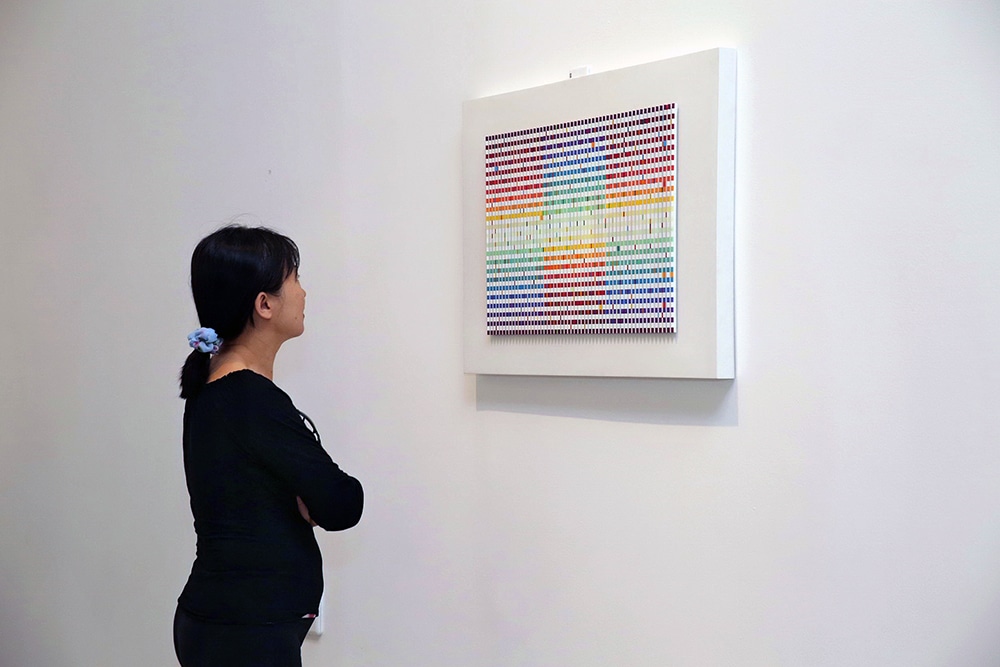
A VIP collector views artwork by Yaacov Agam at the Yaacov Agam Museum of Art
Is there a right or a wrong way on how to view art? Because, whether we admit it or not, we’ve all had that moment of uncertainty while viewing art—that feeling that we’re just not getting it.
You start doubting yourself, questioning your interpretation or how the artwork makes you feel. That, in turn, makes you apprehensive about sharing your thoughts with others for fear that you’ll be laughed at for being so ill-informed or completely clueless about the artist’s intention.
However, just because you’re not an art scholar doesn’t mean you can’t still view art like an expert. It’s just a question of knowing what to look for.
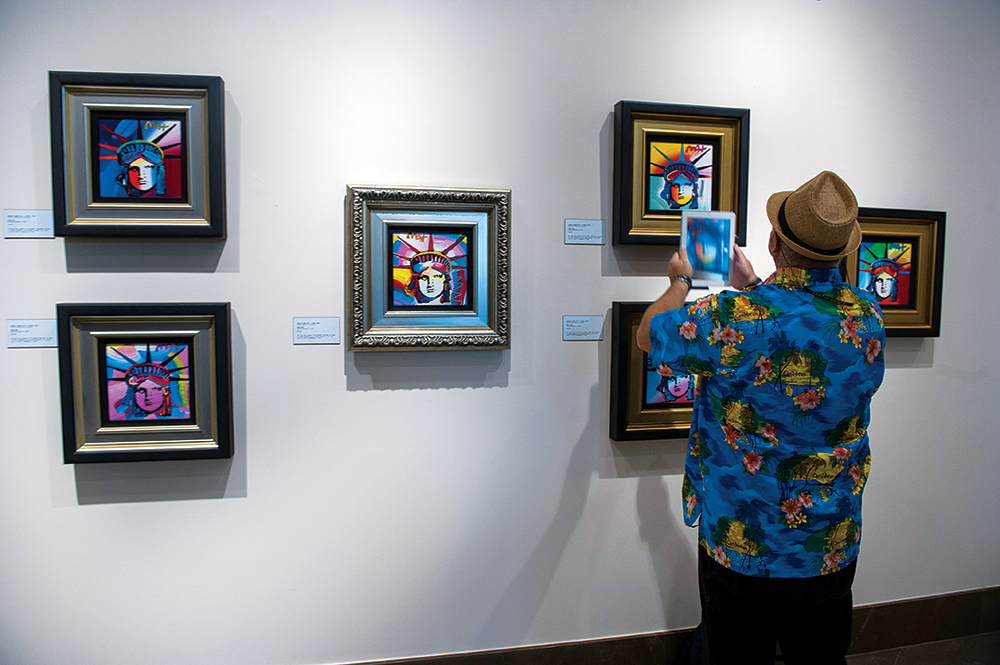
A collector admiring Peter Max art at Park West Museum
Morris Shapiro, the Gallery Director for Park West, suggests breaking the experience of observing a work of art into two different categories: formal and content.
“All art can be appreciated in terms of its form and its content. These are the yin and yang of art, whether visual art, music, dance, film, literature or poetry,” Shapiro says.
Formal observation underscore an artworks physical features and characteristics. Content observations interrogate the meaning of the work, the artist’s intentions, and how the art makes us feel when we look at it.
“Some artists are more formal in their orientation and some are more focused on content, and some artists strive for equilibrium of both,” Shapiro says. “The most enriching experience in appreciating and understanding art, I recommend, is to contemplate the artwork from these two perspectives.”
Try these tips next time you’re viewing art and see if you can transform your own experience.
HOW TO VIEW ART: FORMAL
1. Spend Time With Art
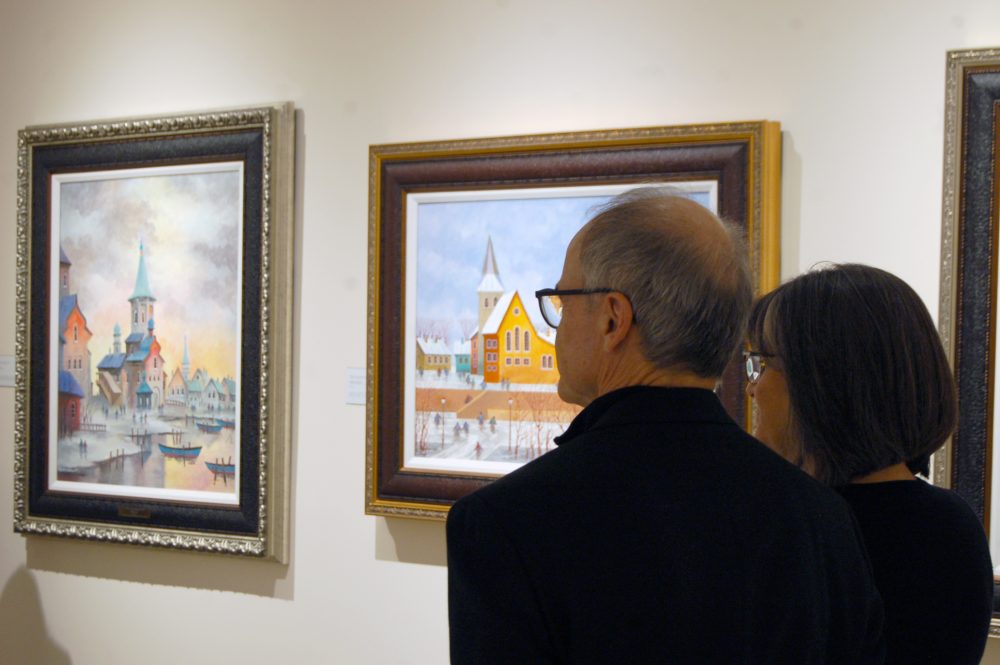
A couple views artwork by Anatole Krasnyansky at Park West Museum
If you only take a moment to consider a work of art, you’ll only generate a moment’s opinion. Some of the most enriching and fascinating artwork requires an investment of time to fully appreciate.
Art lets you put life on pause. That’s arguably one of its greatest aspects. Even if it’s just for a few moments, stop worrying about what you need to do next or where you need to be and really delve into the artwork.
2. Determine the Basics
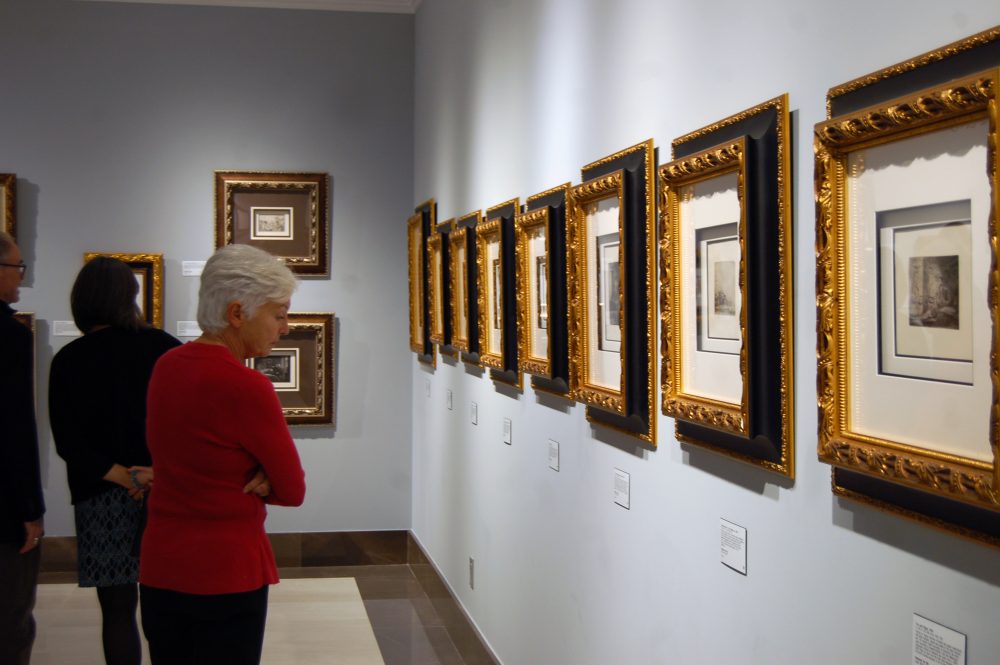
A visitor to Park West Museum views etchings by Rembrandt van Rijn
When you’re first encountering an artwork, identify some basic information about it.
Determine its medium—if it’s a painting, see if you can figure out the type of paint used (oil or acrylic, for instance). When possible, identify the artist, when they created it, and the genre (for example, a still life or a portrait). Taking note of the scale and format, framing, and lighting are also elements to consider.
These simple observations can help you build a foundation for having a better understanding of the artwork.
3. Notice Your Eye Movements
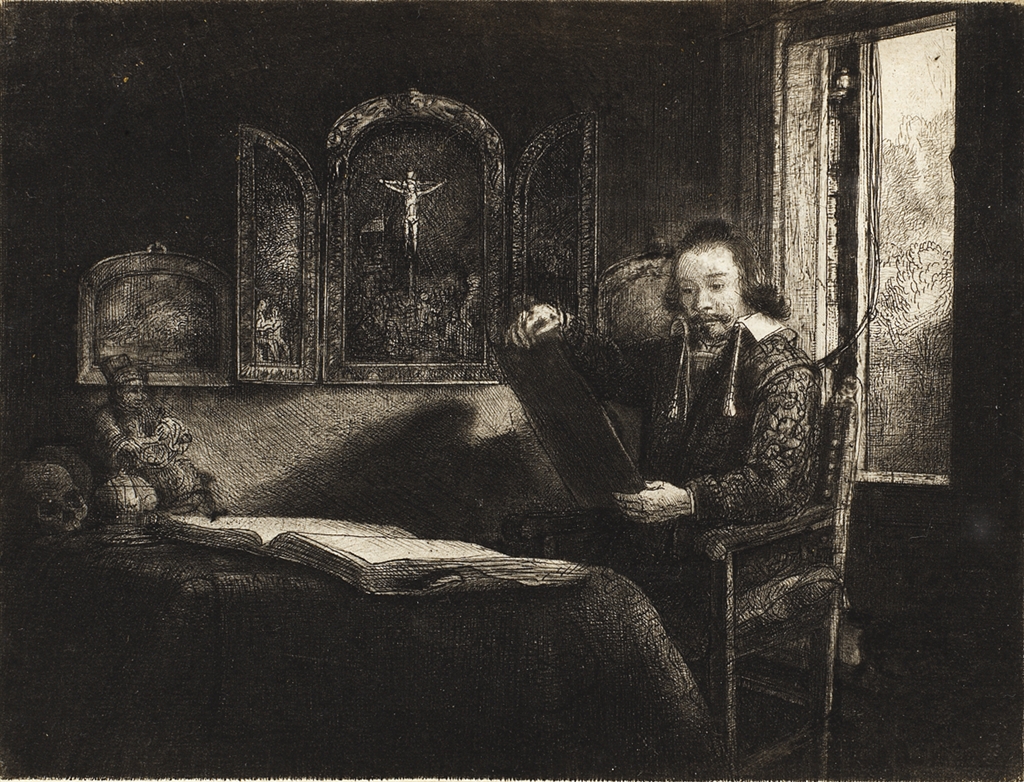
Etching, “Abraham Francen, Apothecary” (c. 1656), Rembrandt van Rijn
Artists are masters of drawing your eyes to where they want them to go. Taking note of how your vision moves across the artwork is an ideal place to begin your experience.
“Renaissance artists referred to their paintings as ‘machines,’” Shapiro notes. “Their intention was to ‘bolt’ together the formal elements of the painting and move the eye smoothly through the work of art with clarity and balance.”
4. Do Some Homework
You don’t need a background in art to appreciate it, but having some knowledge doesn’t hurt either.
If a work of art catches your eye, do a little legwork. It could be five minutes of Google searches, reading an exhibition’s catalog, or speaking with the art team at a cruise ship art auction. Anything can deepen your appreciation.

Park West Gallery Director David Gorman highlights Pino during a “400 Years of Art History” seminar
The information doesn’t have to be about a specific work. It can be about a style, artist, or medium. Knowing something about Impressionism, for instance, leads to a better understanding of Impressionist paintings.
Many museums and galleries offer educational programs and seminars, so be sure to check them out to understand art on multiple levels.
HOW TO VIEW ART: CONTENT
5. How Do You Feel?
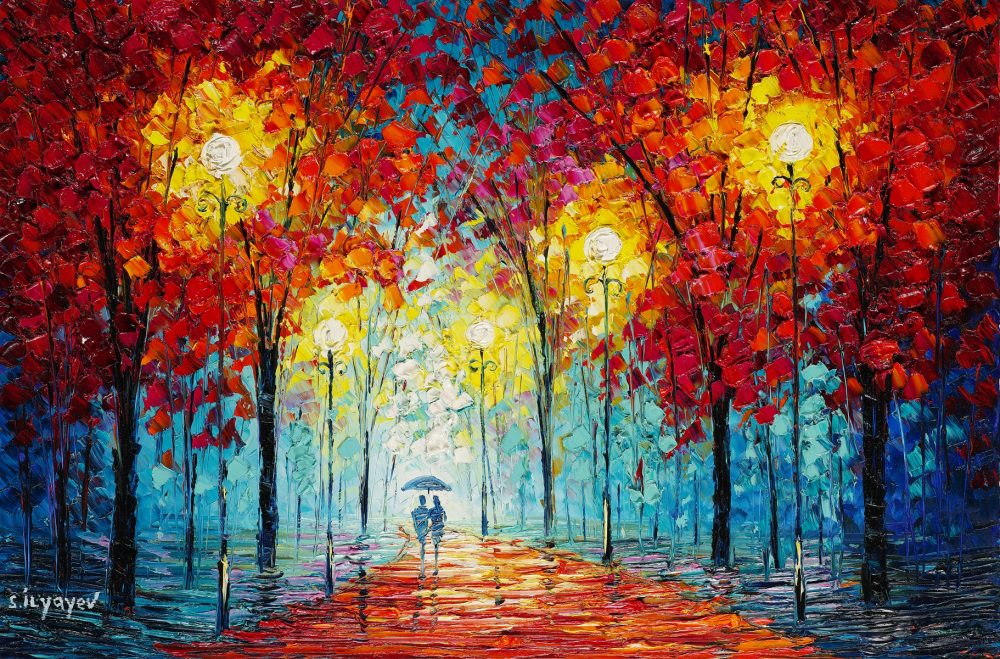
“Autumn Woods” (2016), Slava Ilyayev
Recognize your feelings as you first view the art. Is the artwork forceful and dramatic, or is it subtle and contemplative? How does it evoke your feelings? Do you feel sad, happy, curious, or angry?
This subjective response is a more immediate reaction, but it is worth regarding, because art is about the artist communicating and expressing ideas.
6. Find Your Like and Dislikes
Art is subjective, so finding what you like and don’t like about a work of art are key factors to better understanding it.
If you don’t like a certain style, don’t worry—there is something out there for everyone, from Abstract Expressionism to photorealism.
“Truly great works of art often require going beyond one’s initial subjective responses to be rewarded,” Shapiro says. “Consider Shakespeare, Beethoven, or Charlie Parker, for example. These artists don’t come to us. They require us to go to them, to suspend our subjective response and invest our time and curiosity to fathom their intentions.”
7. Draw On Your Memory
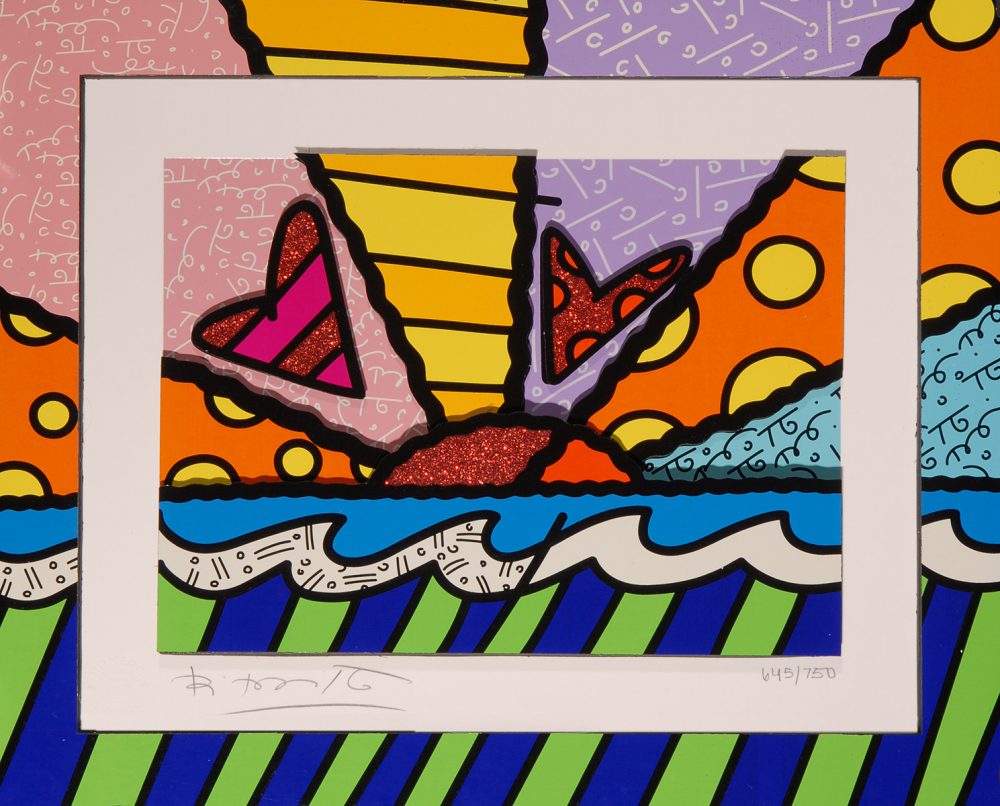
“Heart Sunrise” (2016), Romero Britto
You’d be surprised how much knowledge you have to draw upon when viewing a work of art. Whether it’s details about a famous mythological character, recalling how a sunset looks, or even your own experiences creating art, you already have a lot of information to start with when examining art.
“Works of art can become touchstones for our own unique experiences and associations,” Shapiro says. “This is the real gift the artist has provided us.”
8. Figuring Out the Meaning
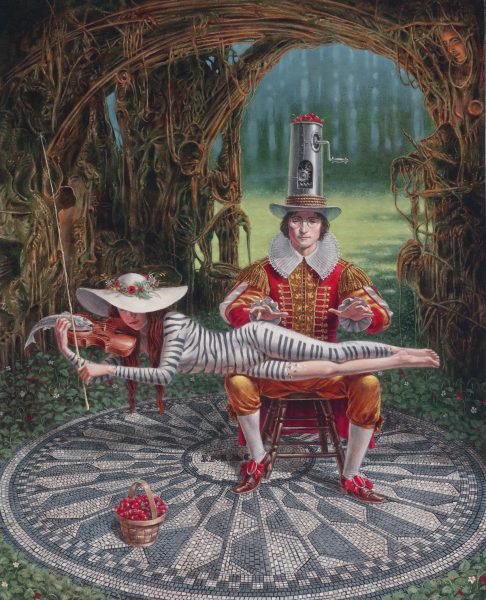
“Imagine II Ver. II” (2016), Michael Cheval
The first step to figuring out the “meaning” of an artwork is to determine if the art is an allegory, tells a story, is realistic, or is free from any recognizable associations.
Next, determine whether the artist typically creates using a specific meaning or theme, or a more abstract message. They may also be communicating an idea or simply evoking memories and emotions.
“Artists are naturally involved in the creative process of making art,” Shapiro says. “While they are certainly aware that their artwork communicates to the viewer, these messages may not necessarily align with one’s own feelings when confronting the artwork. This is what often makes the aesthetic experience so enjoyable.”
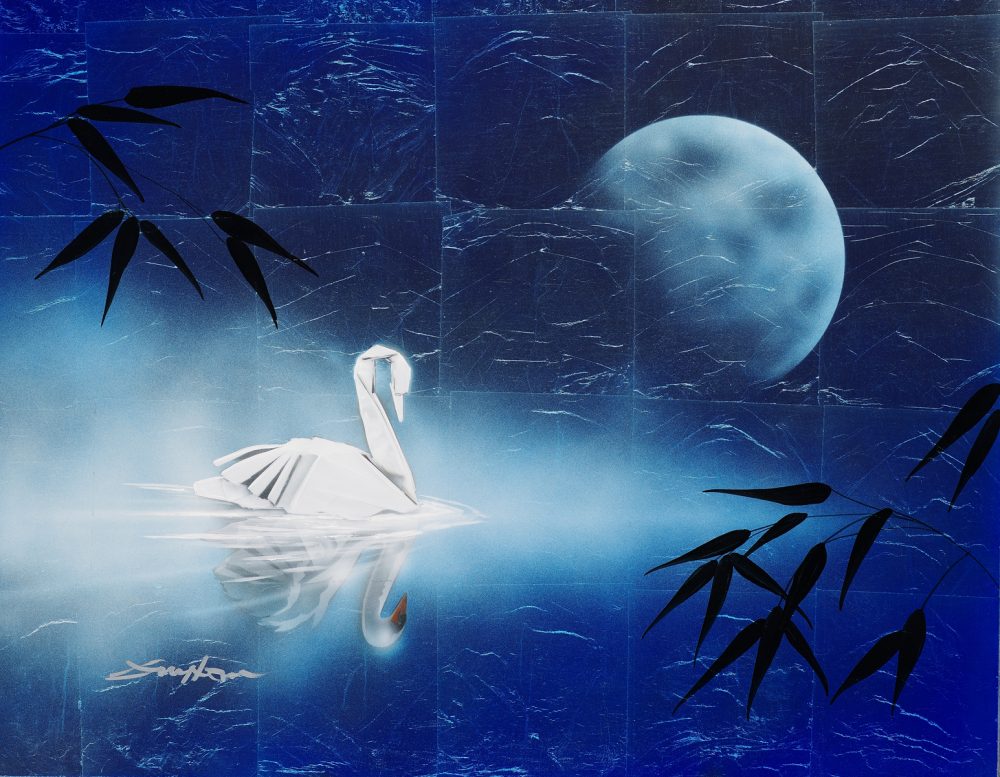
“Paper Dreams” (2016), Patrick Guyton
Ultimately, we all have the power to construct meaning for ourselves when we’re viewing a work of art. However, with a combination of all the techniques above, you can not only come away with your own meaning, but also better understand what the artist is communicating.
To start your own art collection with Park West Gallery or just learn more about the art world, register for our exciting online auctions and follow us on Facebook, Twitter, and Instagram.
RELATED LINKS:





